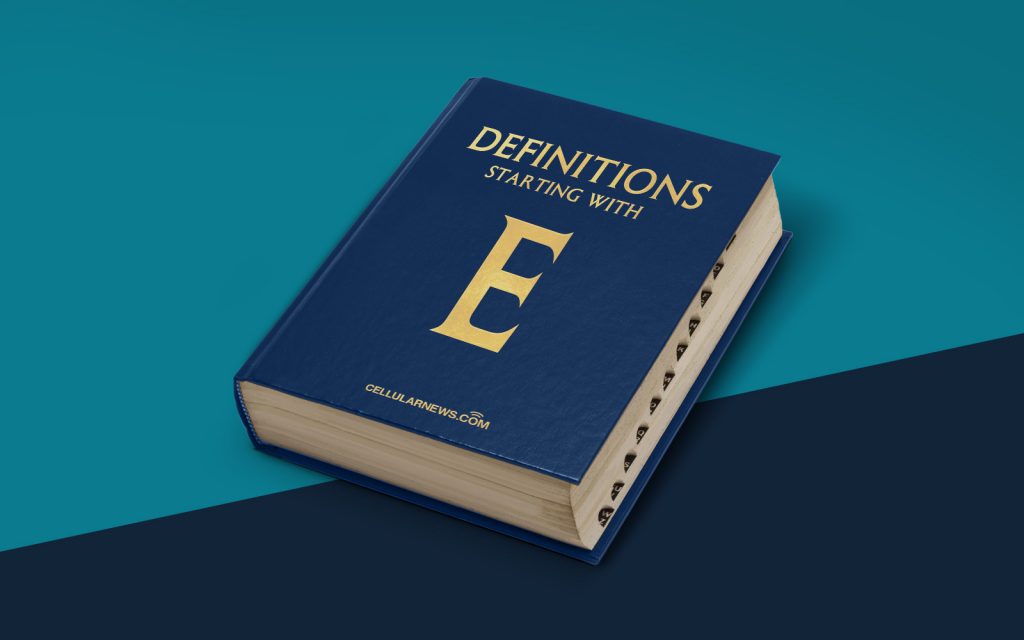
What is an Entity-Relationship Diagram (ERD)?
Gone are the days when organizing complex data was like solving a mind-boggling puzzle. With the advent of entity-relationship diagrams (ERD), businesses and individuals have been able to bring clarity and structure to their data in a seamless manner.
So, what exactly is an Entity-Relationship Diagram, also known as an ERD? Let’s break it down:
- An Entity: In the world of databases, an entity represents a real-world object or concept. It can be anything, from a person or place to a specific event or transaction. Entities are usually nouns that we want to track and store information about.
- A Relationship: Relationships define the associations between entities and tell us how they interact with each other. It highlights the connections between various entities and contributes to making the ERD a powerful visualization tool.
By combining these two fundamental building blocks, the Entity-Relationship Diagram provides a graphical representation of the logical structure of a database. It enables us to understand the relationships between entities, their attributes, and the rules governing those relationships.
Key Takeaways:
- An Entity-Relationship Diagram (ERD) is a visual representation of the logical structure of a database.
- Entities represent real-world objects or concepts, while relationships define the associations between them.
Creating an ERD offers several benefits. Let’s explore a few:
- Improved Data Understanding: An ERD allows you to analyze and understand the data structure and relationships within a database. By visualizing how entities interact, you gain insights into the data flow, enabling better decision-making and troubleshooting.
- Efficient Database Design: With an ERD, you can plan and design your database with precision. It aids in identifying the entities and attributes required, as well as the relationships they form, resulting in an efficient and well-organized database structure.
- Effective Communication: ERDs serve as a universal language for database administrators, developers, and stakeholders. By presenting information visually, ERDs facilitate clear communication and understanding among team members, reducing confusion and enhancing collaboration.
Whether you’re starting a new project, conducting database analysis, or making modifications, an Entity-Relationship Diagram is an invaluable tool for managing your data effectively. So, the next time you find yourself tangled in a web of information, let ERDs be your guiding light towards clarity and organization.
